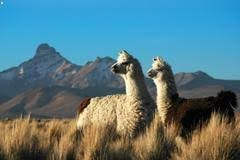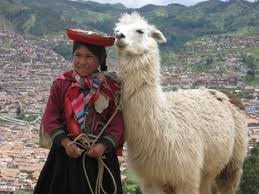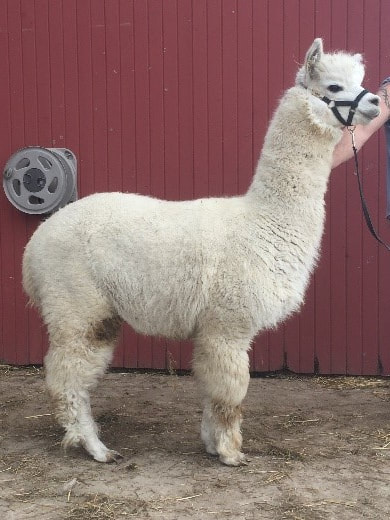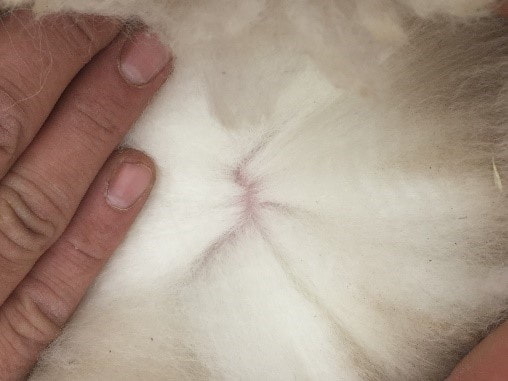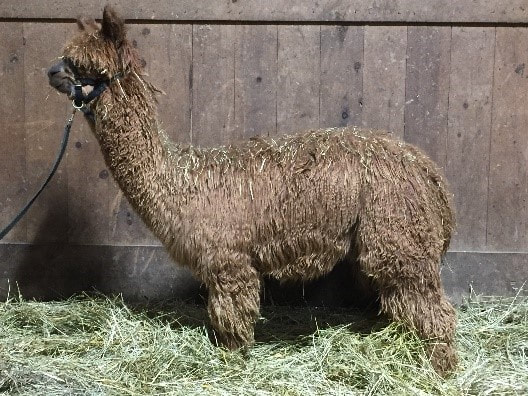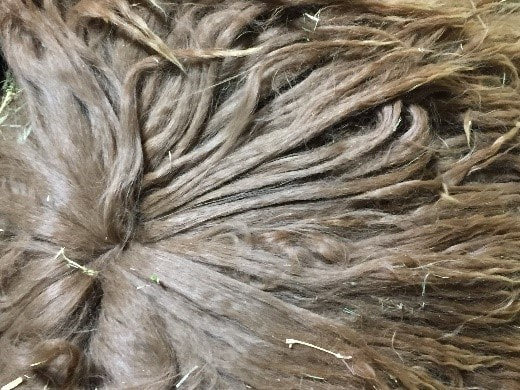|
Tiskilwa Farms Alpacas, LLC, Tiskilwa, Illinois
(Located between Wyanet, Tiskilwa, and Buda, Illinois) Map & Contact information CONVENIENT NORTH CENTRAL ILLINOIS LOCATION
Over 100 quality alpacas for breeding and sale. Located 5 miles south of Interstate 80 on a ridge overlooking the Illinois River Valley, we welcome farm tours by appointment most any time. |
Copyright © 2018 All Text & Images Tiskilwa Farms Alpacas, LLC. Mobile-friendly website design by PacaPages.com. EDIT
